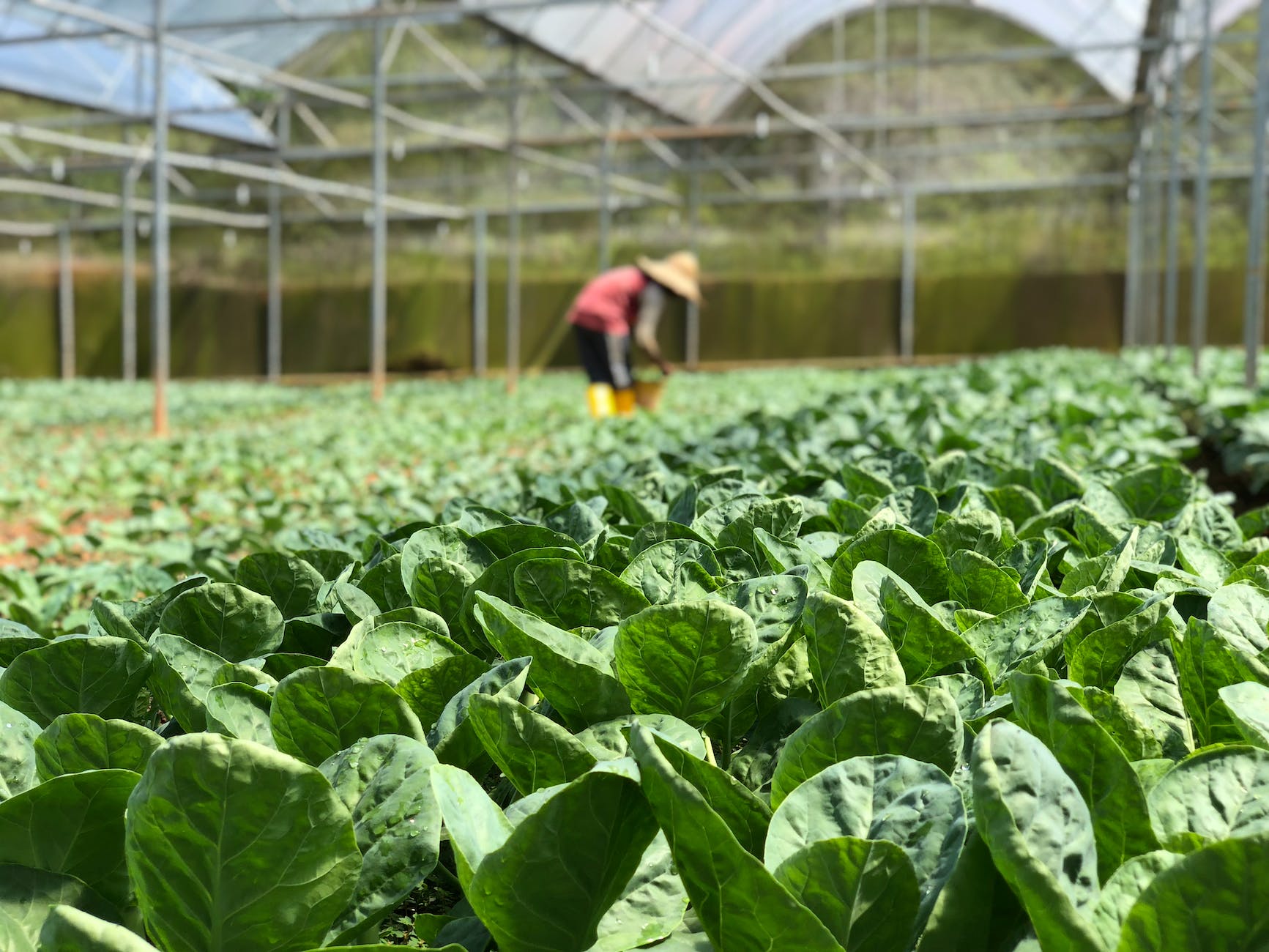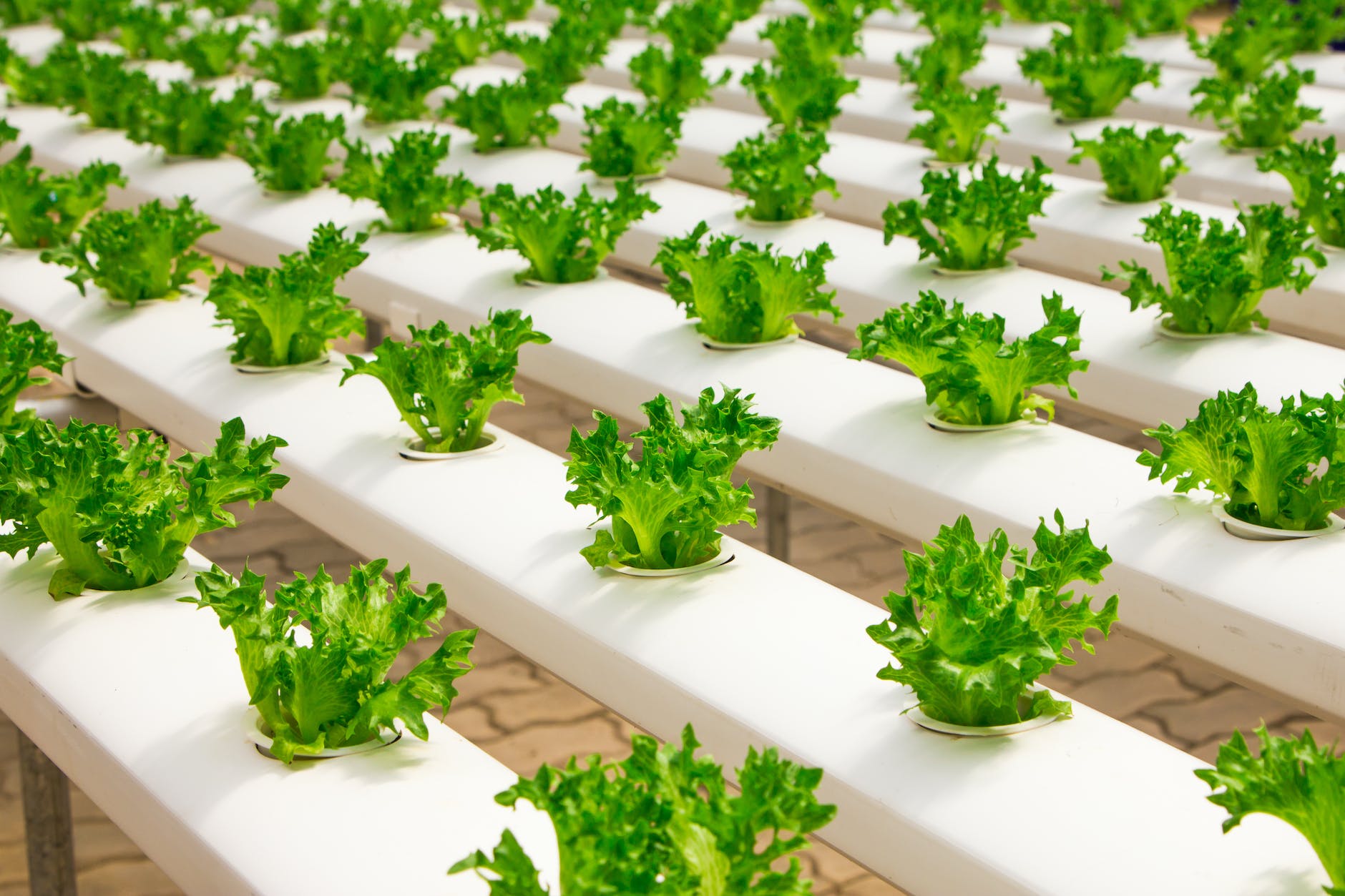Greenhouse farming in Kenya has emerged as a highly profitable venture, offering farmers the opportunity to increase their crop yields and generate a substantial income. With the ability to create an optimal growing environment, greenhouse farming has proven to be more productive and cost-effective than traditional outdoor farming methods. In this comprehensive guide, we will explore the profits that can be made from greenhouse farming, the advantages it offers, and the steps to start a successful greenhouse farming business in Kenya.
Profits you can make from Greenhouse Farming in Kenya
Greenhouse farming in Kenya presents lucrative opportunities for farmers, especially when it comes to cultivating specific crops. Indeterminate hybrids of tomatoes, capsicum, cucumber, coriander, sweet melon, saffrons, strawberries, and Karella are among the most profitable greenhouse crops. It is worth noting that many Kenyan farmers who specialize in horticulture items like tomatoes, onions, and capsicum have turned their businesses into overnight success stories, becoming millionaires in the process.
For example, a single tomato plant in a greenhouse can yield between 16 and 20 kilograms of tomatoes, which currently sell for Ksh. 100 to Ksh. 200 per kilo. This translates to approximately Ksh. 4,000 per square meter. Considering an average greenhouse, it is possible to earn around Ksh. 500,000 in a single harvest.
To illustrate further, let’s consider a scenario where 500 indeterminate tomato plants are grown in a greenhouse in Kenya. Assuming each plant yields 15 kilograms of tomatoes, the total harvest would amount to 7.5 tonnes. With tomatoes selling at Ksh. 80.00 per kilogram, the revenue generated would be Ksh. 600,000.00. After deducting the investment cost of Ksh. 300,000.00, the profit would be Ksh. 300,000.00, resulting in a 50% return on investment.
These examples highlight the significant potential for profits that greenhouse farming offers in Kenya. By selecting the right crops and implementing effective cultivation practices, farmers can maximize their earnings and achieve financial success.
Advantages of Greenhouse Farming in Kenya

Greenhouse farming in Kenya provides several advantages over traditional outdoor farming methods. These advantages contribute to increased productivity, cost savings, and environmental sustainability.
1. Controlled Environment
One of the primary advantages of greenhouse farming is the ability to create a controlled environment for crop growth. The controlled environment allows farmers to regulate temperature, humidity, and light levels, ensuring optimal conditions for plant growth. This control minimizes the risk of crop damage due to extreme weather conditions, pests, and diseases, leading to higher yields and better-quality produce.
2. Water Conservation
Greenhouse farming in Kenya significantly reduces water consumption compared to traditional farming methods. With the use of efficient irrigation systems such as drip irrigation, farmers can deliver water directly to the plant roots, minimizing wastage. Additionally, the enclosed nature of greenhouses helps retain moisture, reducing the need for frequent watering. This water conservation not only benefits the environment but also reduces the cost of water for farmers.
3. Increased Crop Yields
The controlled environment provided by greenhouses allows farmers to optimize crop growth conditions, leading to increased yields. By carefully monitoring factors such as temperature, humidity, and light, farmers can create the ideal conditions for plant growth throughout the year. This extended growing season enables farmers to produce multiple harvests, maximizing their crop yields and overall profitability.
4. Protection from Pests and Diseases
Greenhouses act as a physical barrier, protecting crops from pests and diseases. The enclosed structure prevents insects, birds, and other animals from accessing the plants, reducing the risk of crop damage and yield loss. Furthermore, the controlled environment in greenhouses discourages the growth and spread of diseases, creating a healthier and more productive crop.
5. Efficient Land Use
Greenhouse farming requires significantly less land compared to traditional farming methods. The vertical growing systems used in greenhouses allow farmers to maximize space utilization, growing more crops in a smaller area. This efficient land use is particularly beneficial in densely populated areas where land availability is limited. By utilizing land efficiently, greenhouse farmers can increase their productivity and maximize their returns.
6. Better Quality Produce
The controlled environment of greenhouses provides optimal growing conditions, resulting in better-quality produce. The absence of exposure to harsh weather conditions, pests, and diseases ensures that the crops remain healthy and free from damage. Additionally, the ability to regulate factors such as light and temperature allows farmers to enhance the flavor, texture, and appearance of their produce, making it more appealing to consumers and commanding higher prices in the market.
7. Year-Round Production
Greenhouse farming enables year-round production, allowing farmers to cultivate crops regardless of the season. This continuous production ensures a consistent supply of fresh produce, reducing the reliance on seasonal fluctuations. It also enables farmers to take advantage of market demand during off-peak seasons, potentially fetching higher prices for their produce.
The advantages of greenhouse farming in Kenya make it an attractive and profitable venture for farmers. By harnessing the benefits of a controlled environment, efficient resource utilization, and year-round production, farmers can achieve higher yields, better quality produce, and increased profitability.
How to start Greenhouse Farming in Kenya
If you are interested in starting a greenhouse farming business in Kenya, there are several important steps to follow to ensure success. These steps include conducting market research, determining the type of greenhouse, securing financing, selecting suitable crops, and implementing effective cultivation practices. Let’s explore each step in detail:
1. Conduct Market Research
Before starting a greenhouse farming business, it is crucial to conduct thorough market research. This research involves identifying the demand for different crops, analyzing market prices, and understanding the competition in the industry. By gaining insights into the market dynamics, you can make informed decisions about the crops to grow and the target markets to sell your produce.
2. Determine the Type of Greenhouse
In Kenya, there are two main types of greenhouses: wooden and metallic. Wooden greenhouses are popular among small-scale farmers due to their affordability. They are made from untreated timber and have a lifespan of around 6 to 7 years. Metallic greenhouses, while more expensive, offer greater durability and can last up to 20 years. Consider your budget, long-term plans, and specific needs when choosing the type of greenhouse for your farming business.
3. Secure Financing
Starting a greenhouse farming business requires a significant investment in infrastructure, equipment, and crop inputs. Therefore, it is essential to secure adequate financing to fund your venture. Explore various financing options, such as loans, grants, or partnerships, to ensure you have the necessary capital to set up and maintain your greenhouse.
4. Select Suitable Crops
Choose crops that are well-suited for greenhouse cultivation in Kenya. Consider factors such as market demand, profitability, and your farming expertise. Some profitable crops for greenhouse farming in Kenya include tomatoes, capsicum, cucumber, coriander, sweet melon, saffrons, strawberries, and Karella. Conduct research and seek advice from experienced farmers to determine the most suitable crops for your greenhouse farming business.
5. Implement Effective Cultivation Practices
To maximize your crop yields and profitability, it is essential to implement effective cultivation practices in your greenhouse. This includes proper irrigation, nutrient management, pest and disease control, and crop monitoring. Invest in high-quality irrigation systems, such as drip irrigation, to ensure efficient water usage. Implement integrated pest management strategies to minimize pest damage. Regularly monitor your crops for signs of diseases and take appropriate measures to prevent or control them.
6. Market and Sell Your Produce
Develop a marketing plan to effectively market and sell your greenhouse produce. Identify potential buyers, such as local markets, supermarkets, restaurants, and export markets, and establish relationships with them. Consider participating in farmers’ markets or setting up your own farm stand to directly reach consumers. Utilize online platforms and social media to showcase your products and engage with customers. Building a strong brand and reputation for high-quality produce will help you establish a loyal customer base and maximize your sales.
Starting a greenhouse farming business in Kenya requires careful planning, research, and execution. By following these steps and implementing effective cultivation practices, you can establish a successful and profitable greenhouse farming business.
Conclusion
Greenhouse farming in Kenya offers numerous advantages, including increased crop yields, water conservation, protection from pests and diseases, efficient land use, better quality produce, and year-round production. By harnessing these benefits, farmers can maximize their profits and contribute to food security and economic growth. Starting a greenhouse farming business in Kenya requires thorough market research, careful selection of the type of greenhouse, securing financing, selecting suitable crops, and implementing effective cultivation practices. With the right planning, dedication, and knowledge, greenhouse farming can be a highly rewarding and profitable venture in Kenya.
Additional Information: Kenya’s greenhouse farming industry has seen significant growth in recent years, with the country becoming a leading exporter of horticultural products. The favorable climate, availability of skilled labor, and increasing demand for fresh produce both locally and internationally have contributed to the expansion of greenhouse farming in Kenya. The government and various organizations have also provided support to farmers through training programs, subsidies, and access to finance, further stimulating the growth of the industry. As the awareness of environmental sustainability and food security continues to increase, greenhouse farming is expected to play a crucial role in meeting these challenges and ensuring a sustainable future for agriculture in Kenya.
Tone of Voice: The tone of this article is informative, encouraging, and practical. It aims to provide readers with a comprehensive understanding of the profitability and advantages of greenhouse farming in Kenya, while also offering practical guidance on starting and running a successful greenhouse farming business. The tone is optimistic, highlighting the potential for financial success and the positive impact greenhouse farming can have on food security, environmental sustainability, and economic growth.










